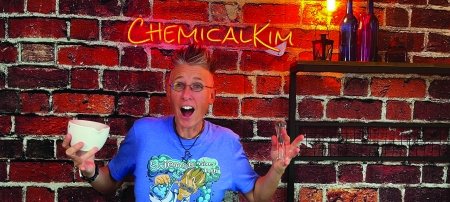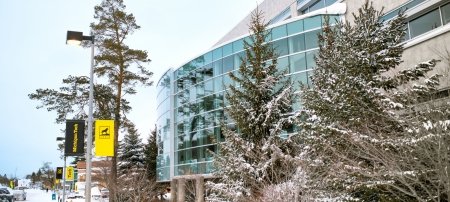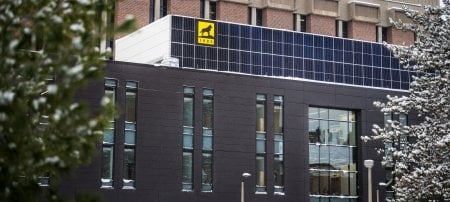New research shows that K-12 teachers use eight mental models to teach science, technology, engineering and math—a more complex system than initially apparent.
These models are laid out in a new study published in the Journal of Science Teacher Education (DOI: 10.1080/1046560X.2017.1356671). One of the co-authors, Emily Dare, is an assistant professor of STEM Education in the Department of Cognitive and Learning Sciences at Michigan Technological University.
"People use the term 'STEM' a lot," Dare says, noting it can refer to the individual fields of science, technology, engineering, and math, but the term can also have broader meaning in kindergarten through high school (K-12) education. "There's a lot of loosey-goosey language going around—and it's not bad—but everyone has a different understanding of what it is and we dance around that."
STEM education focuses on how to implement the best practices for teaching science, technology, engineering and math. Dare and her team found that there is less consistency in these practices than the K-12 educational community may assume.

STEM Ed 101
Similar to broad terms like "21st-century skills" or "hands-on learning" that are hard to pin down exactly, the meaning of STEM education hasn't been clarified for teachers. Yet the term is the nexus of the Next Generation Science Standards and schools across the country are expected to implement better STEM education.
So, Dare and her co-authors—lead author Elizabeth Ring from St. Catherine University in St. Paul Minnesota along with Elizabeth Crotty and Gillian Roehrig from the STEM Education Center at the University of Minnesota—set out to answer the question, what does it mean for a teacher to conceptualize STEM and implement it in their classroom?

To dig into the matter quickly and with lots of data, they asked for feedback from nearly 40 teachers in a three-week professional development program about STEM education. The program is part of EngrTEAMS (Engineering to Transform the Education of Analysis, Measurement, and Science), funded by the National Science Foundation (NSF). In the workshop, Dare and her team had the participants draw a model each week to show how they teach STEM in their classrooms.
"There are certain aspects of STEM that are unique to an individual teacher's own perception, but on a whole we can definitely see patterns," Dare says. "It was interesting to see that by the third week, we did have these more complex models. But at the end of the day, they tell the same story. The teachers now have a bigger, more complex understanding of how to teach STEM in their classrooms."
STEM Teaching Models
Using content analysis techniques, the team gleaned repeated images and words from the teachers' drawings. They boiled down to eight basic models.
- STEM is an acronym, a superficial list of topics
- STEM is made up of separate disciplines
- Science is context—other fields contribute to science
- Engineering is context—application and building is most important
- STEM is an approximation for the engineering design process, which science, tech and math are part of
- Real-world problem solving is the heart of STEM education; it best prepares students for college and careers
- Science and engineering design are used equally—one can't happen without the other
- Integrated STEM where all the fields connect in complex relationships; this is the most nuanced of the models.
Integrated STEM Education
Dare says that they found "teachers will choose a model that fits them for that day," and will modify according to lesson plans and the knowledge base of their students. Because of this, the next step for the team is to weigh the pros and cons of the models to help teachers hone adaptive tools for their classrooms.

She adds that the other front of the research needs to look at student assessment. In particular, integrated STEM is great for relaying the intricacy of how individual fields connect and make a sum greater than their parts—however, traditional testing provides challenges. Other options like performance assessments have to be implemented at higher levels than isolated classrooms, which Dare says come down to building strong partnerships with districts as well as teachers.
"This goes from a conversation with teachers to a conversation with administrators," she says. "We need to ask: Ok, district, you want to do STEM integration. Your teachers have multiple ways of thinking about it, what are you going to push forward? And how are we going to make sure we're on the same page?"
Michigan Technological University is an R1 public research university founded in 1885 in Houghton, and is home to nearly 7,500 students from more than 60 countries around the world. Consistently ranked among the best universities in the country for return on investment, Michigan's flagship technological university offers more than 185 undergraduate and graduate degree programs in science and technology, engineering, computing, forestry, business, health professions, humanities, mathematics, social sciences, and the arts. The rural campus is situated just miles from Lake Superior in Michigan's Upper Peninsula, offering year-round opportunities for outdoor adventure.






Comments